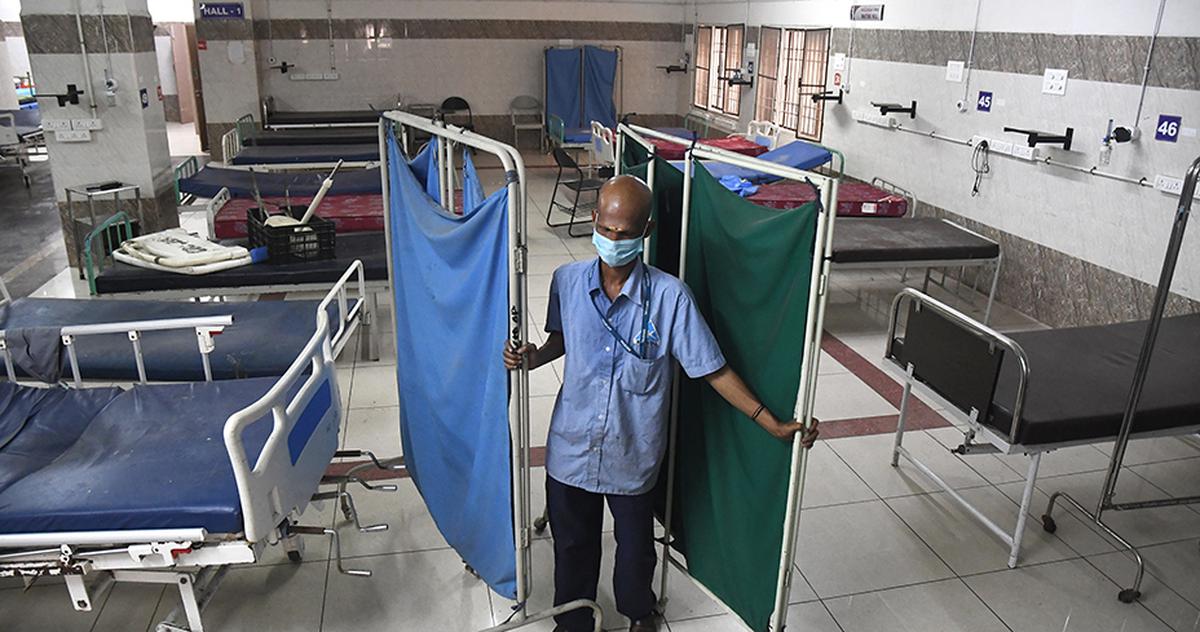The World Health Organization (WHO) has stated that it is continuing to examine “many descendent lineages” of the coronavirus Omicron variety, including two new sublineages with additional mutations linked to potential disease “characteristics of immune evasion.” The Omicron variant remains the major type circulating globally, according to the COVID-19 Weekly Epidemiological Update provided by WHO on Tuesday.
Under the Omicron Variant of Concern, WHO continues to monitor various descendent lineages, including BA.1, BA.2, BA.3, and recently BA.4 and BA.5. It also includes circulating recombinant versions of BA.1/BA.2, such as XE.
“A modest number of BA.4 and BA.5 descendent lineage sequences have now been discovered in a few nations. Both exhibit unique mutations outside of Spike (S:L452R, S:F486V) and additional mutations in the Spike region (S:L452R, S:F486V). The S:L452R and S:F486V mutations are linked to the possibility of immunological escape “According to the World Health Organization.
It also stated that it is collaborating with scientists to better understand the peculiarities of these lineages and their implications for public health. “Wherever practicable, the WHO advises governments to maintain surveillance and prompt data sharing on publicly accessible databases.” According to the World Health Organization, the SARS-CoV-2 virus is still evolving. With such widespread transmission, new variations, including recombinants, are likely to occur. “This was to be expected.” The two new sublineages (BA.4 and BA.5) are being tracked by WHO as part of the Omicron variation.
Additional mutations in these variations need to be investigated further in order to understand their impact on immunological escape potential. Only a few dozen of these variations’ sequences have been published from a few countries.
WHO is collaborating with scientists
WHO is collaborating with scientists to better understand their present prevalence and potential consequences. The rapid and nearly synchronized increase in the global incidence of COVID-19 cases reported through the end of January 2022 has been linked to Omicron’s immune escape capabilities, according to the WHO.
A delayed increase in cases of occurrences in the Western Pacific Region and a resurgence in the number of new cases reported in the European Region drove a further increase at the beginning of March.
“This trend was likely due to a combination of factors, including the predominance of the Omicron Pango lineages BA.1, then BA.2, which have a transmission advantage over other Omicron lineages; relaxation of public health and social measures (PHSM); and waning of humoral immunity following vaccination and/or prior infection,” the report stated.
“The new discovery of Delta-Omicron and Omicron descendent lineage recombinants necessitates continued cautious observation.” According to the WHO update, the number of new COVID-19 cases and deaths worldwide fell for the third week in a row during the week of April 4 to 10, with over 7 million cases and over 22,000 deaths reported, down 24 percent and 18 percent, respectively, from the previous week.
The number of new weekly cases and deaths in all regions showed a downward trend. As of April 10, there have been over 496 million confirmed cases and nearly 6 million deaths worldwide.
“These developments should be viewed with caution,” the report warned, “since numerous nations are gradually modifying their COVID-19 testing procedures, resulting in fewer total numbers of tests performed and, as a result, lower numbers of cases diagnosed.”
Globally, almost 11 billion vaccine doses have been distributed. However, WHO noted that significant inequities still exist, with only 11% of those in low-income countries (LICs) completing the primary series, as well as significant regional differences, with vaccination coverage ranging from 82 percent in the Western Pacific Region to 13 percent in the African Region.
“Reaching the most vulnerable populations who remain unvaccinated, notably those of older age and those with comorbidities is of particular concern,” it said, adding that an estimated 35 percent of individuals aged 60 and over are awaiting completion of the primary vaccine series globally.

